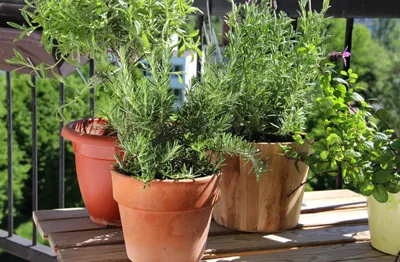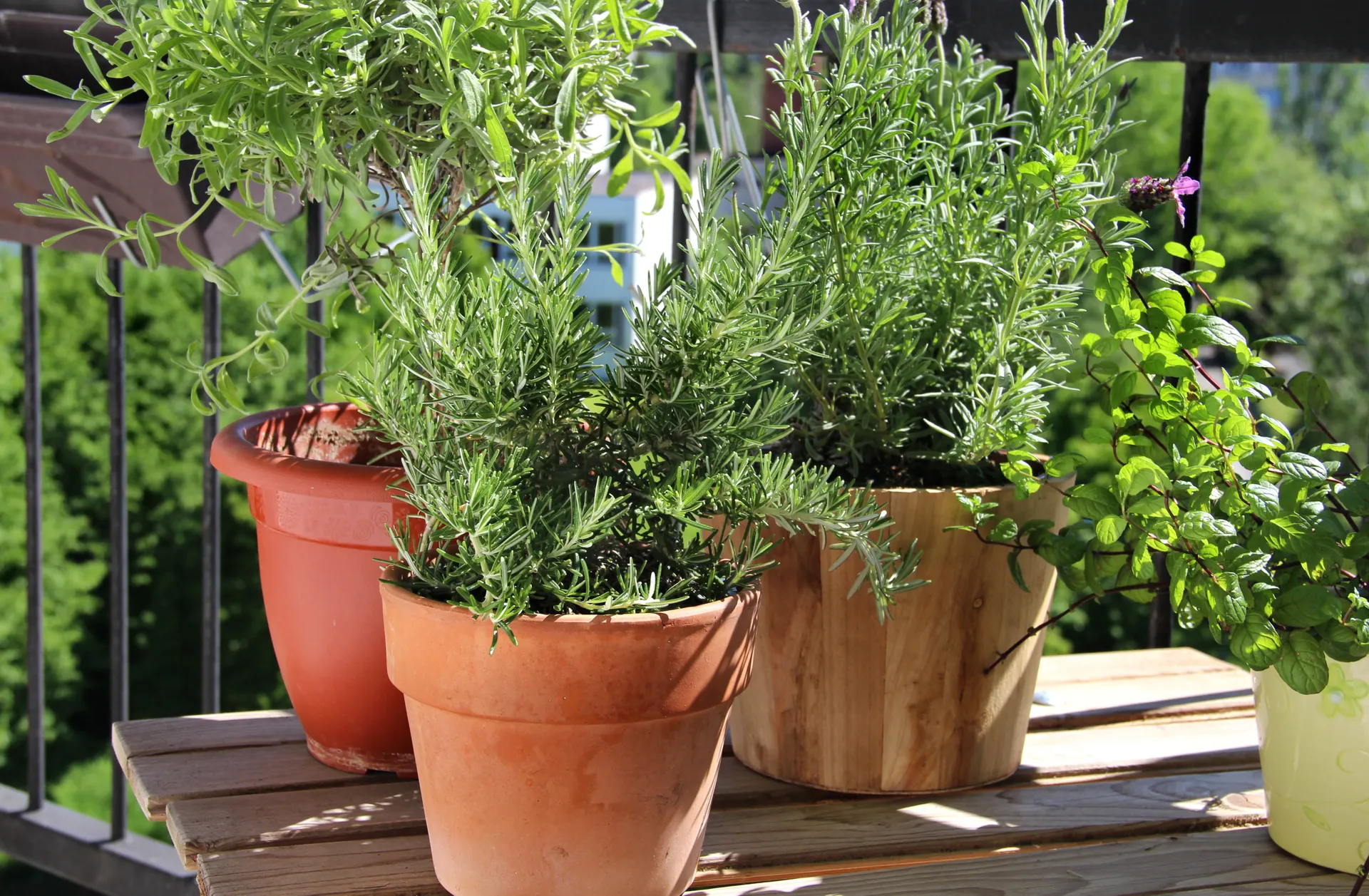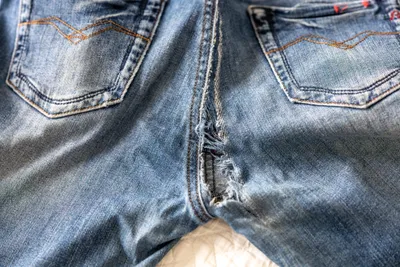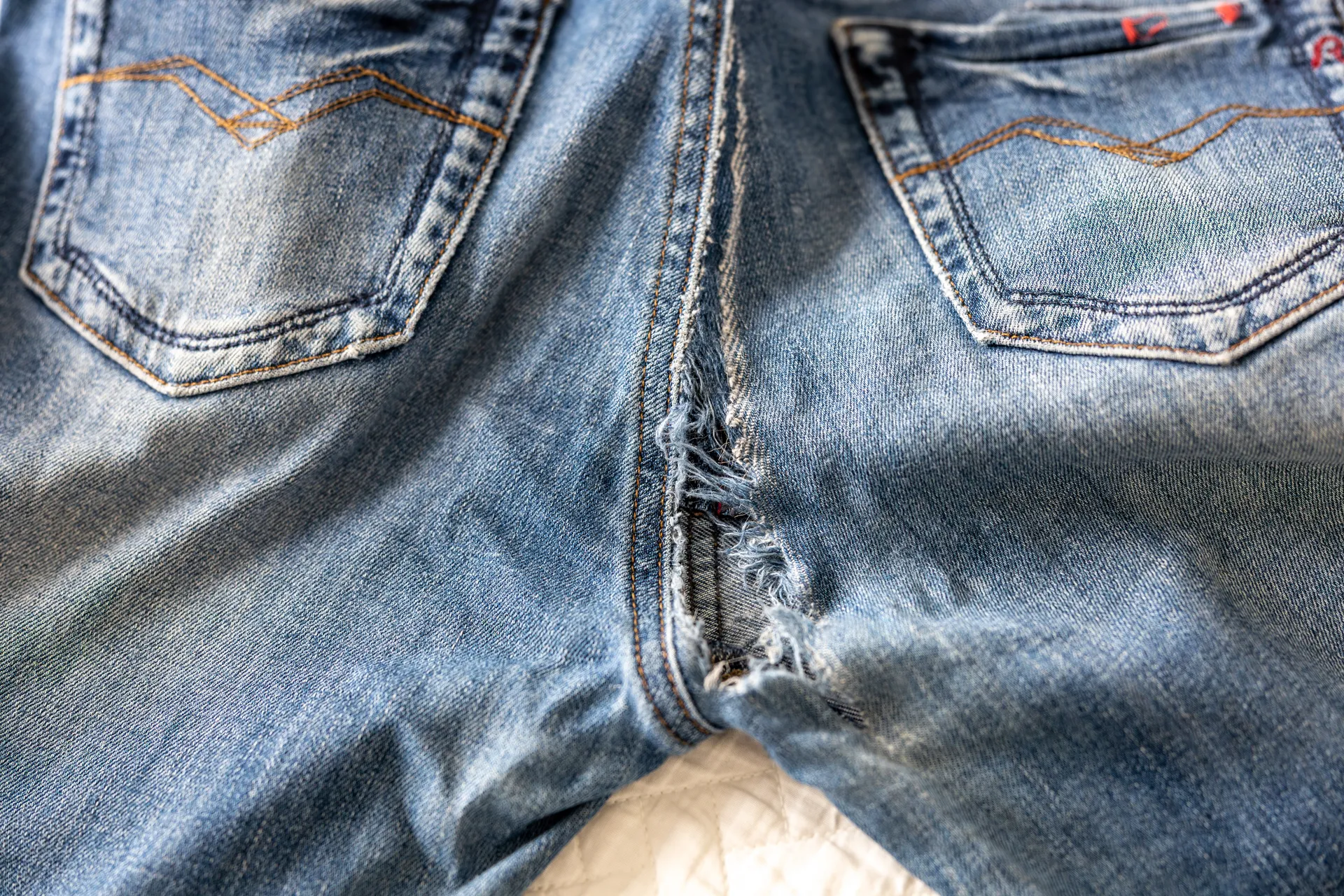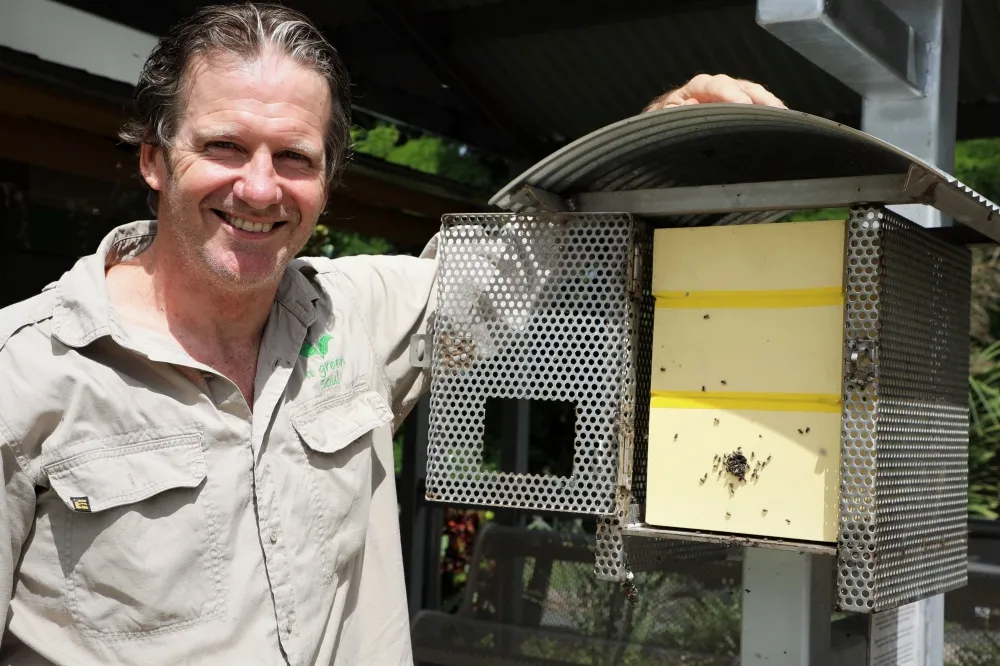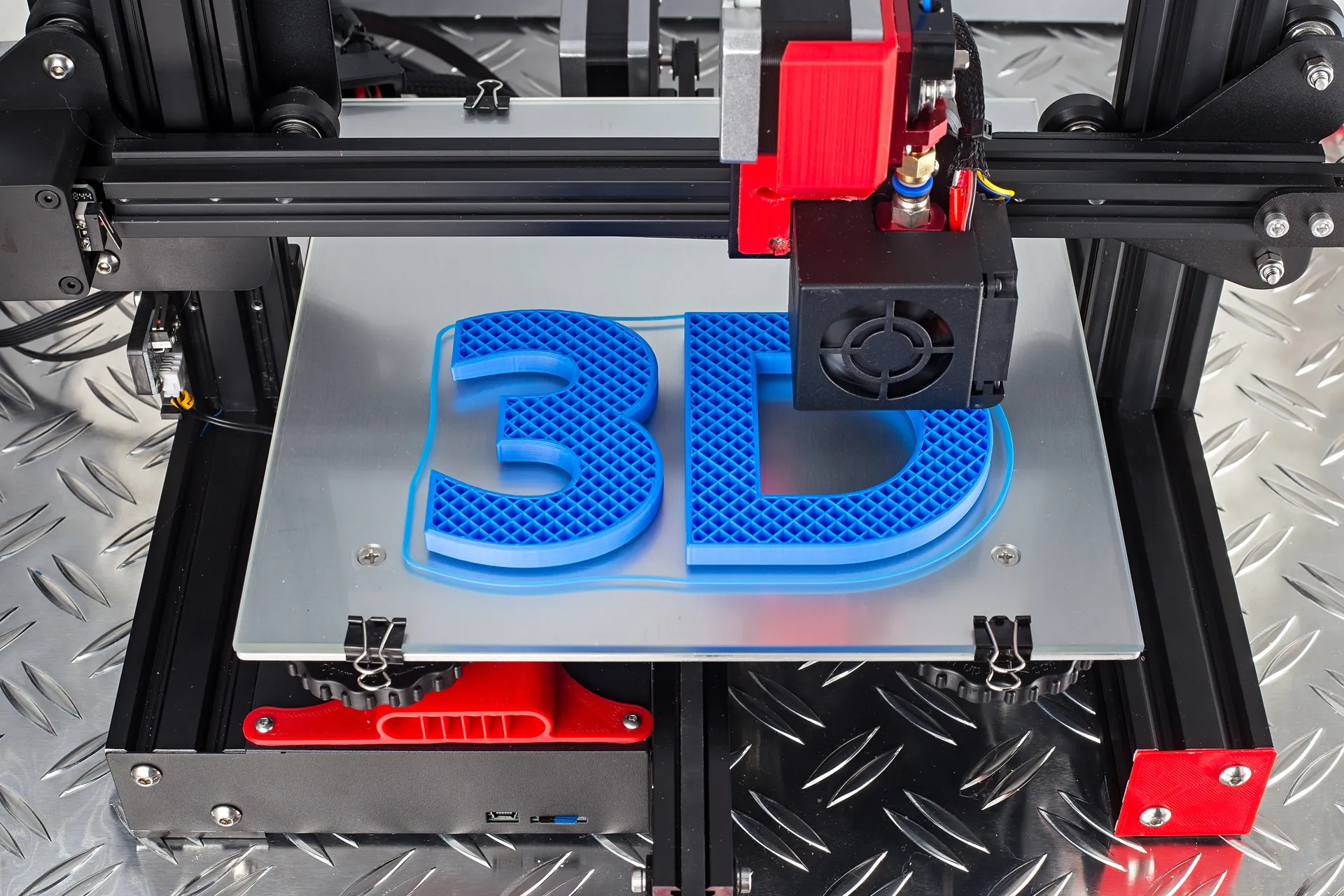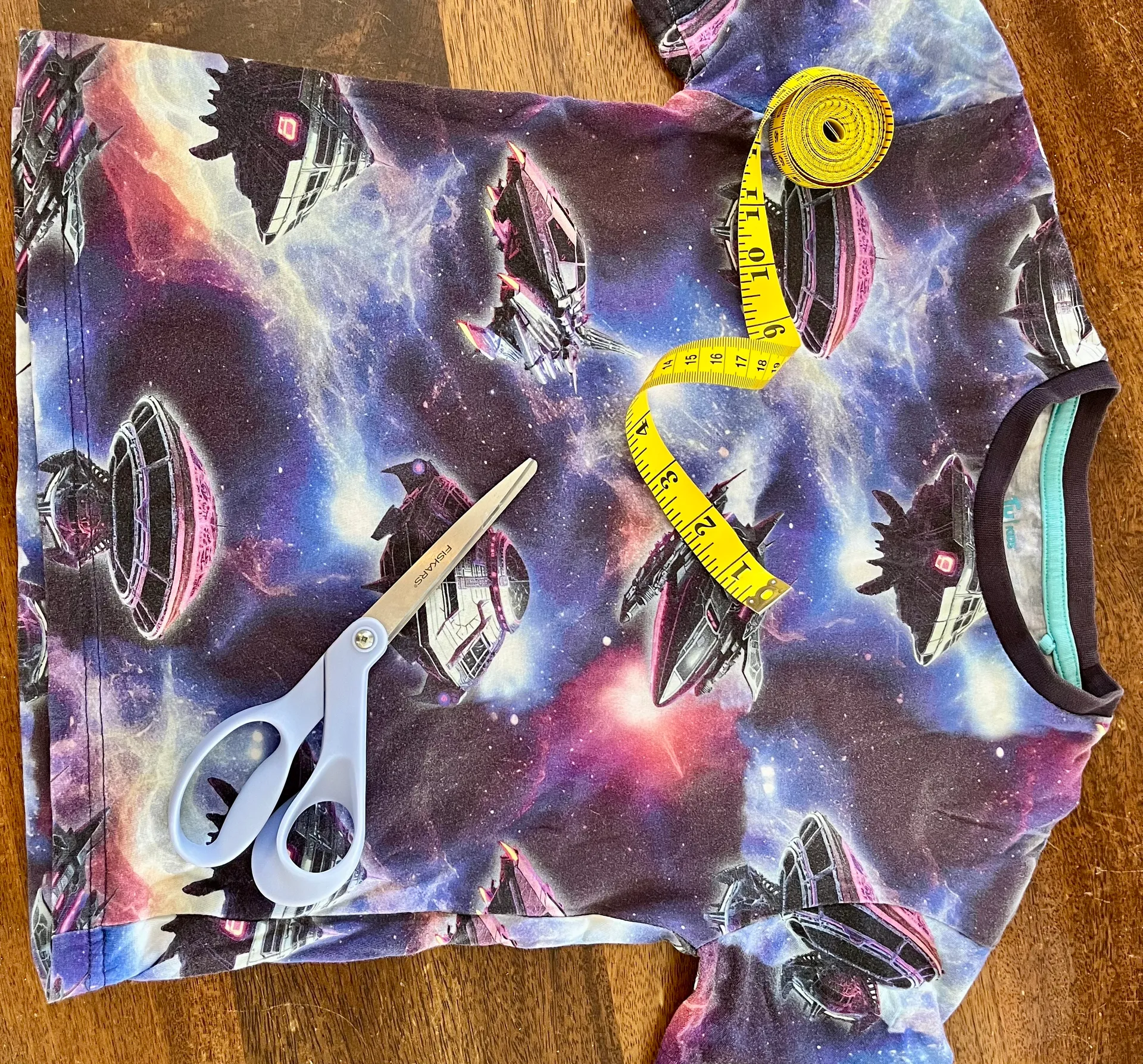How to jump off the fast fashion train
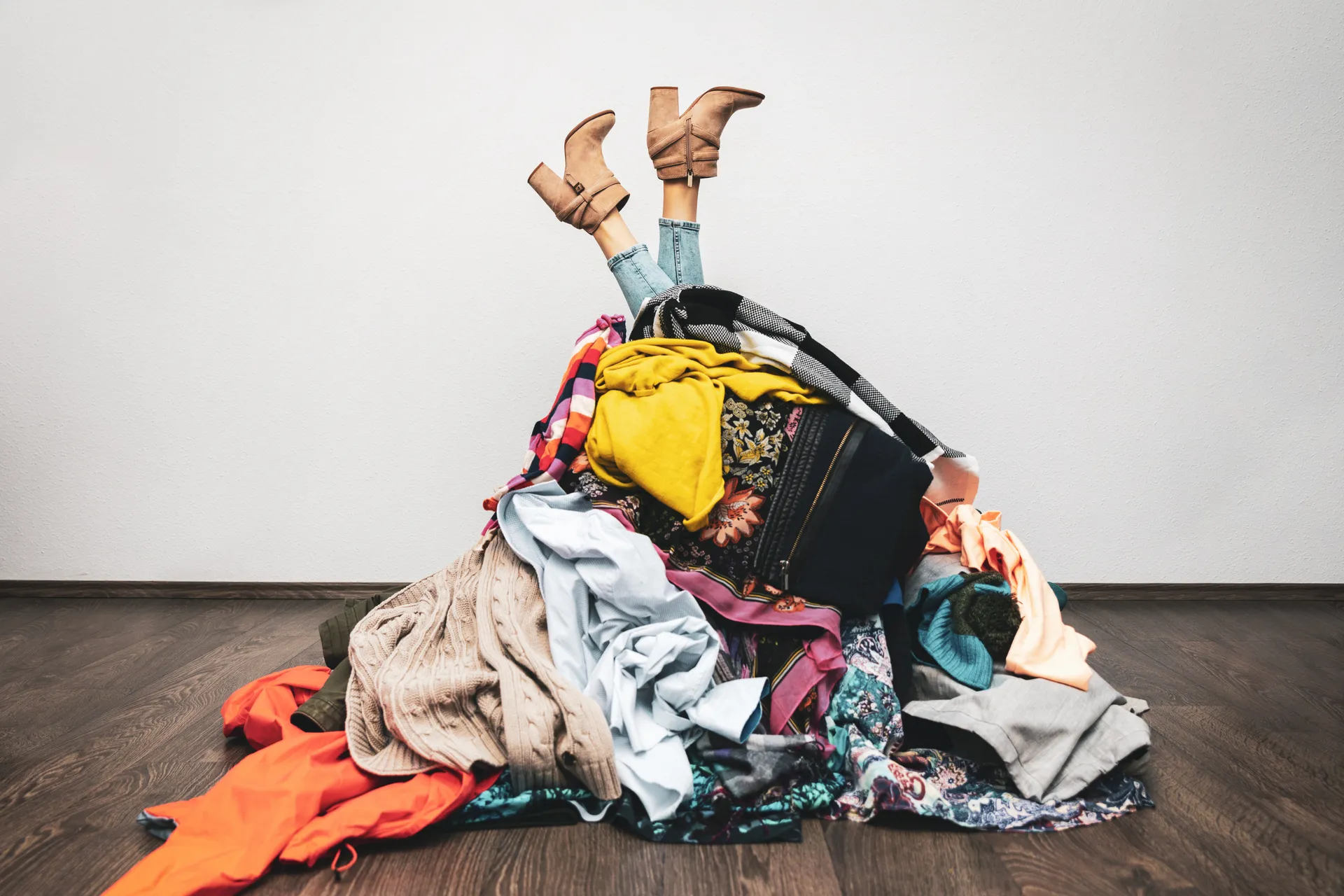
Why Australia is the fastest fashion-fuelled country, what that means for you and how you rebuild a more ethical wardrobe.
Did you know Australians buy more clothes per person than any other country on Earth?
According to The Australia Institute, we purchase an average of 56 new garments per year—and we’re only wearing them for around seven times before discarding them.
Fast fashion is not just a global issue—it’s a uniquely Australian one.
watch the Australian Institute's report on Australia's fashion purchases
The environmental toll of fast fashion
- The global fashion industry is responsible for 8–10% of global greenhouse gas emissions.
- It consumes 93 billion cubic metres of water each year.
- Australia alone sends approximately 221,000 tonnes of clothing to landfill annually.
Most of this clothing is made from synthetic fibres, which shed microplastics and can take hundreds of years to break down.
Re-think your wardrobe, a step-by-step guide
If you're reading this, you already know the problem, so try this practical approach to lightening your wardrobe's environmental load?
Step 1: Commit to a one-month buying pause
- For 30 days, don't buy anything new. Instead use that time to review your wardrobe, reflect on what's important to you and take steps to break the fast fashion cycle.

Step 2: Audit your wardrobe
If you don't have a spare room, ensure you have enough time to complete this step - it can take a while to review, sort and organise everthing. For each item, ask yourself, do you actually wear it and would you buy it again?
Sort clothes into five clear piles
- Love and wear often – hang or fold these neatly
- Seasonal or occasion-only – pack away but keep accessible
- Good condition but not right for me – these are donation-ready
- Damaged but repairable – create a small pile to mend
- Worn-out or unwearable – repurpose or recycle responsibly
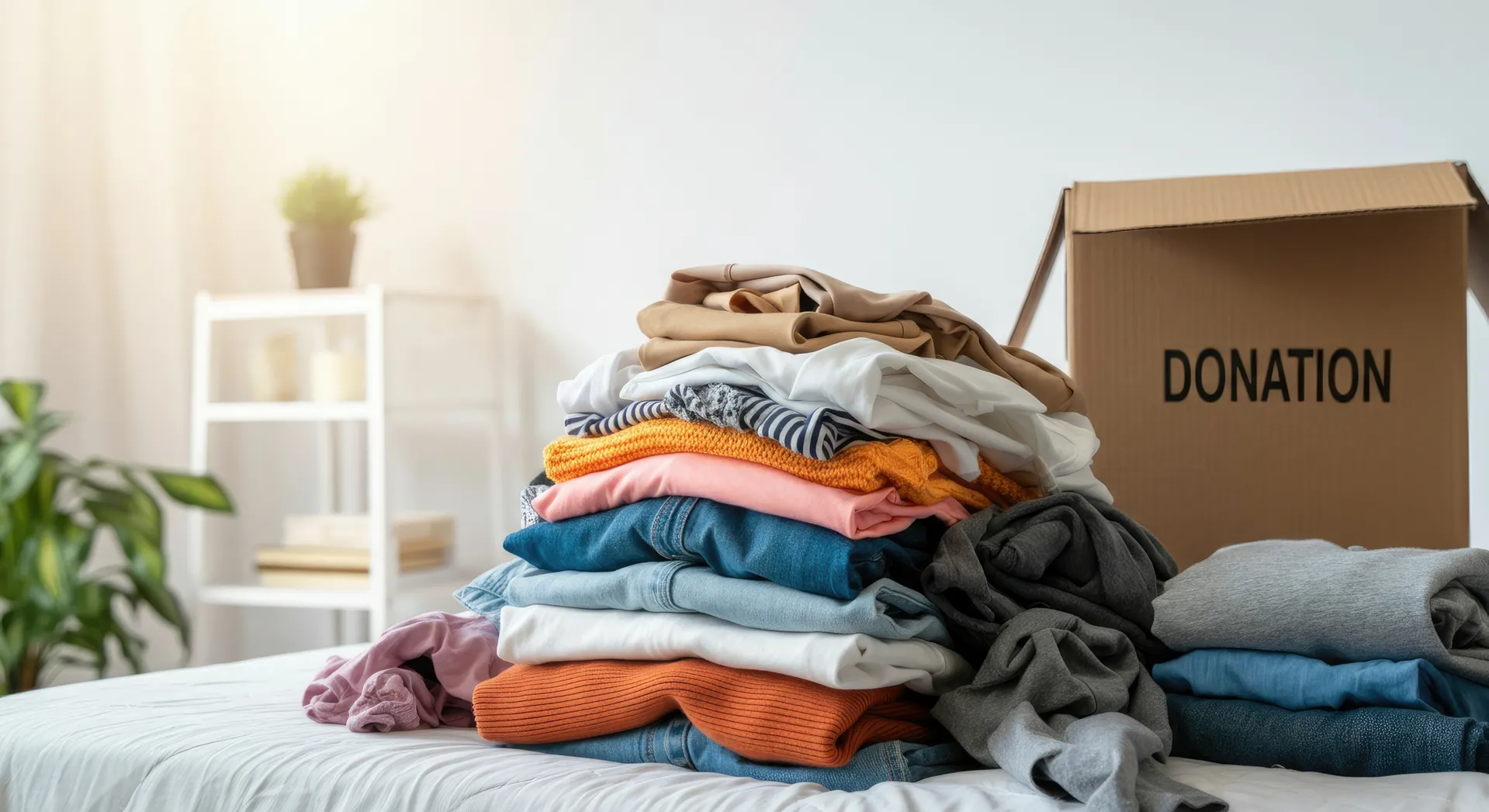
- Hang the items you wear most often where they’re easy to see.
- Store seasonal pieces in clear boxes or under-bed storage.
- Photograph your favourite outfits and even those things you've never worn, it'll provide a visual reference and might reduce shopping temptation.

Step 3: Donate mindfully
Bag up good quality, clean, wearable items.
- Check with local op shops what they can and can’t accept.
- Most accept:
- washed, undamaged adult and children’s clothing
- shoes in pairs
- accessories, bags, and belts
- Avoid donating:
- Ripped, stained or threadbare clothing. The rule of thumb is if you wouldn't give it to a friend, it's not suitable for the op shop to sell.
Use sealed, labelled bags and take donations during store hours so they’re not damaged by weather or dumped.
Step 5: Repurpose into rags or crafts
- set aside worn-out tees, socks, and towels.
- remove buttons and zippers for reuse or recycling.
- cut remaining fabric into rags:
- soft cottons for glass and surface cleaning
- Twelling for spills and grout wiping
- denim or flannel for heavy-duty tasks
See our article on Which fabrics make the best rags and why for ideas.
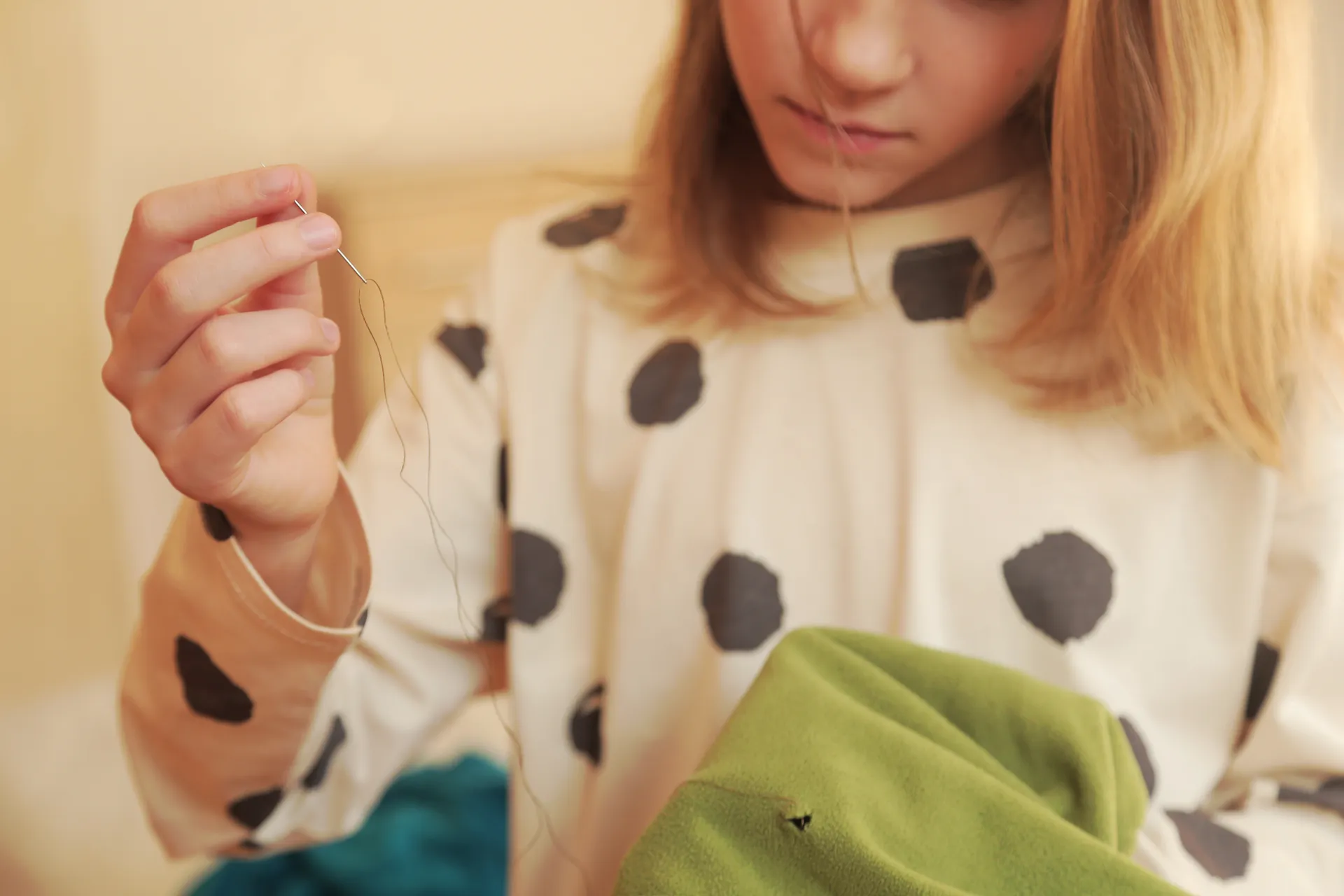
Step 6: Repair or upcycle where possible
- Mend holes, reattach buttons, or reinforce seams.
- Try a visible mending tutorial online.
- Turn old jeans into tote bags, tees into cleaning cloths, or shirts into aprons.
Step 7: Use take-back schemes
Some Australian brands accept worn items, however not all schemes are as good as they sound.
To review the sustainability credentials of brands you love, check out the Good on You website or app. They use publicly available information to cut through the greenwash and assess brands based on how they treat the planet, people and animals, helping you make an informed decision.
Seamless is another good resource for checking national recycling initiatives.
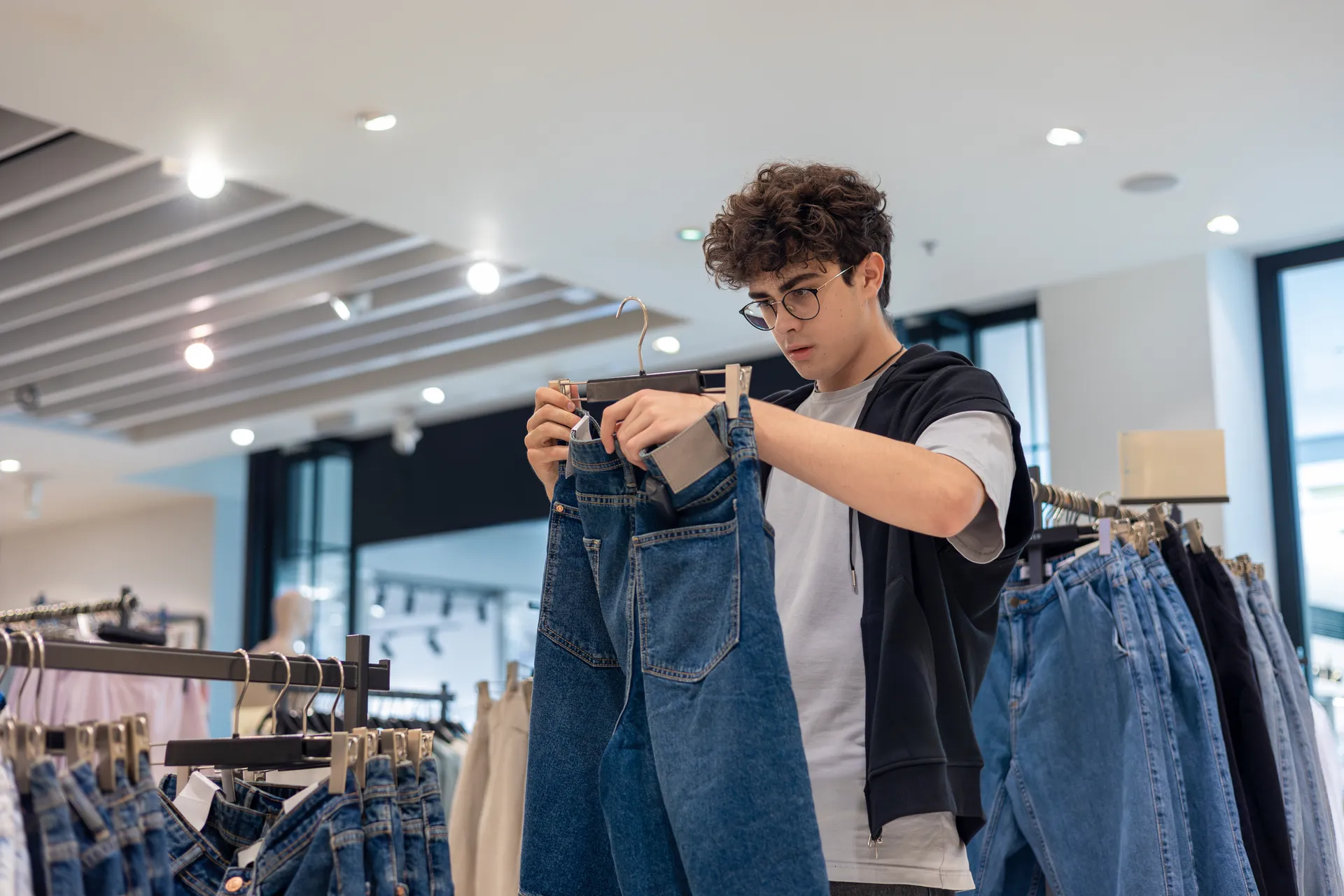
Step 8: Swap and borrow instead of buying new
- host a clothes swap with friends or neighbours
- join local Facebook groups to find fashion swap events
- borrow statement pieces for events from friends or hire them instead.

Step 9: Track what you wear
For 30 days, place everything you have worn on one side of your wardrobe and at the end of the month, it will be obvious which items you don't wear. Use this to guide future purchases—buying what you truly need, rather than what’s trending.
Step 10: Rebuild slowly with purpose
- When you’re ready to buy again:
- think before you buy – Will you wear it at least 30 times?
- choose natural fibres like cotton, hemp or linen.
- wash synthetic clothing in a microplastic-catching bag like Guppyfriend to prevent shedding.
- support local slow fashion labels
- buy second-hand first
- use the Good On You app to check brand ratings
